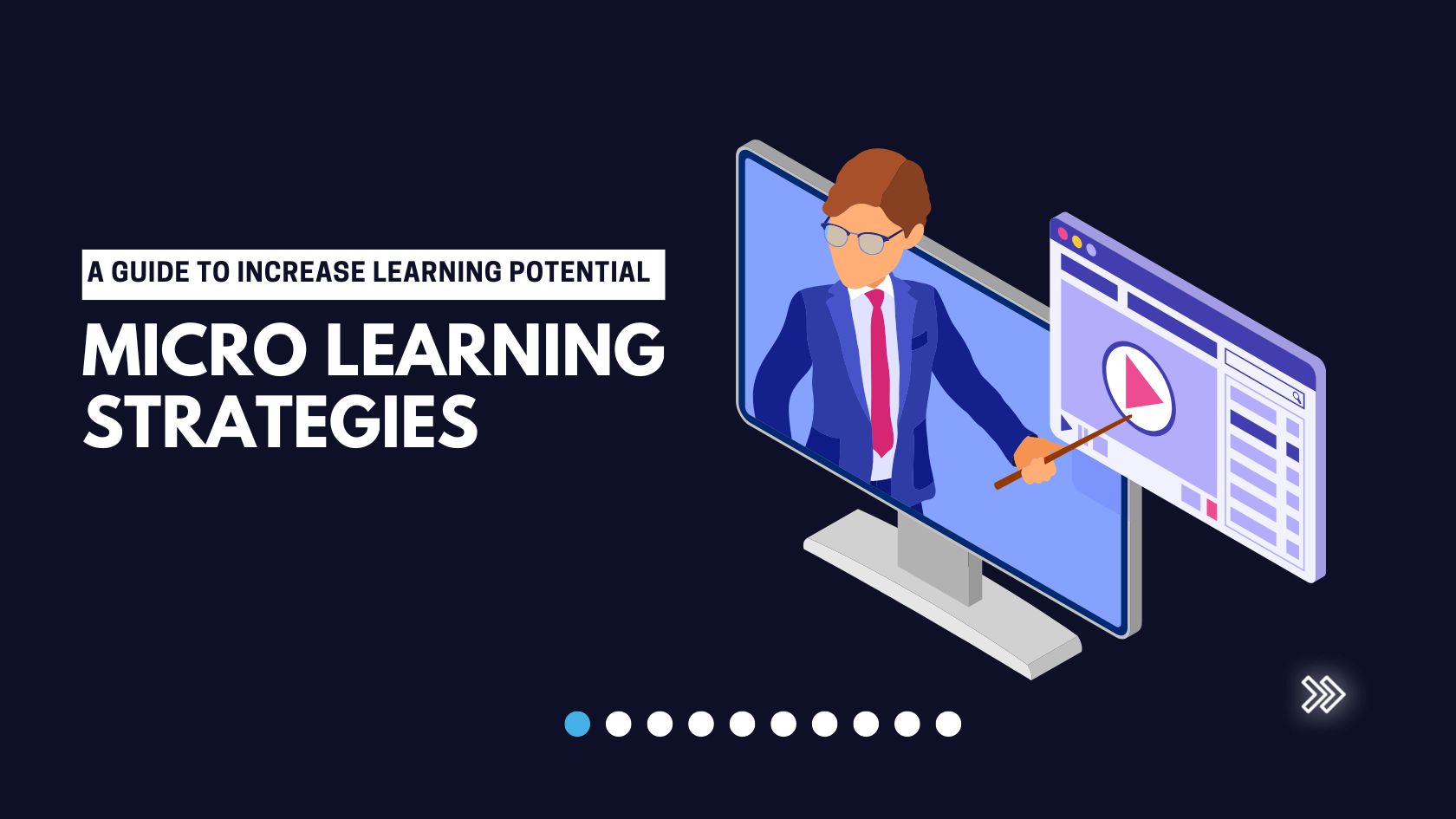Who is Leading in Social CRM?
There is so much buzz about social CRM these days. Companies like Intuit, Procter & Gamble and Citigroup have embraced it in a big way. Gartner is now devoting magic quadrants to it and a slew of companies have raced into this emerging field.
According to Gartner, social CRM will be a $1 billion subsector of the CRM market by the end of this year. The various sites, blogs and communities that comprise this arena represent the fastest growing areas of the Internet. Further, it now reaches more people than email, according to Nielsen Online.
Already, hundreds of vendors populate this space. Some offer little more than a widget while others attempt to roll social CRM in with traditional customer relationship management (CRM) or call center tools. Some call it social media monitoring or add some data mining tools and call it social media analytics.
According to Gartner analyst Adam Sarner, those who are currently ahead of the pack are Jive Software and Lithium Technologies. Jive offers collaboration software, social media monitoring and community software under the umbrella of its Jive Engage Platform. It recently added four Jive Apps Market features to enable faster development of social media tools on this platform, ease of purchasing, simplified billing and enhanced revenue sharing capabilities.
“Jive Apps Market will change the economics of how developers market and sell the next generation of social business applications,” said Robin Bordoli, vice president of product management for Jive Apps.
Lithium offers a similar suite with an emphasis on finding and engaging your most supportive customers. It ties together Facebook, Twitter, the social Web and branded communities.
Salesforce, Oracle pressured by startups
Who else is in the hunt? Gartner listed start ups like Mzinga and KickApps, as well as more established players like Salesforce.com, RightNow Technologies and Oracle CRM on Demand. But that was a few months back. Just about everyone is getting into the race these days.
SugarCRM has added social features, but allows users to decide how they leverage social data and channels inside the Sugar system. For example, SugarCRM users can now monitor Twitter streams of contacts or accounts, as well as uncover leads and relationship data from networks like LinkedIn and place it into the CRM record.
“The idea is not to limit users with prescribed notions of social CRM interaction management, but to provide simple tools for leveraging social channels and data to foster better interactions with customers,” said Martin Schneider, senior director of marketing at SugarCRM. “In social CRM, Oracle and Salesforce.com have potentially the deepest pockets, so it is no surprise that they have been talking up social features for some time.”
However, he thinks that rigidity is present in their systems, as they are based either on older software code or they are lacking open multi-tenant features. That's why he agrees with Gartner that Lithium and Jive are far ahead of both of these providers when it comes to inbound or outbound collaboration and community building. Schneider also likes RightNow's approach, which focuses on customer experience rather than core collaboration or social media marketing tools.
“We have not seen much social CRM talk out of Microsoft either,” said Schneider. “Microsoft Dynamics CRM is still finding its legs in terms of traditional CRM, cloud-based deployment and a channel-led go-to-market strategy, so social might just be on the back-burner at this time.”

Drew Robb is a writer who has been writing about IT, engineering, and other topics. Originating from Scotland, he currently resides in Florida. Highly skilled in rapid prototyping innovative and reliable systems. He has been an editor and professional writer full-time for more than 20 years. He works as a freelancer at Enterprise Apps Today, CIO Insight and other IT publications. He is also an editor-in chief of an international engineering journal. He enjoys solving data problems and learning abstractions that will allow for better infrastructure.


